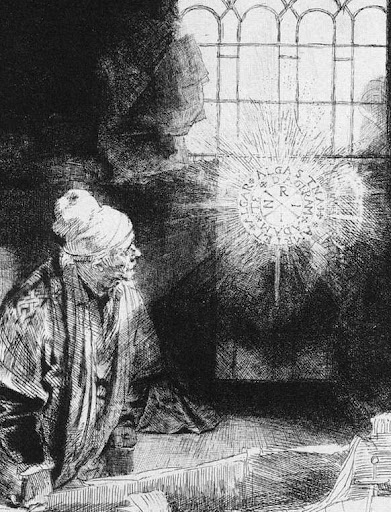just yesterday i happened upon a recent video message (2 actually) sent out to the world by
sotheby's - you know, the art auction house. the first video is called `contemporary art market- a candid view from the inside'. (the second video is the most recent private viewing video for the auction of 11 november 2008, http://www.sothebys.com/video/privateview/N08489/index.html)
well.
deep sigh.
i usually try to ignore these hyped-up worlds. but as in some previous posts (first half this year i believe), when it gets too blatant i feel some kind of counterweight is necessary.
to not put a too fine point on it: sotheby's is about making money. that much becomes clear after seeing this video. its message seems to be: please keep selling and buying contemporary art at the highest prices that the economic situation allows.
quite an uplifting message for mankind, i suppose. people in deep poverty everywhere, people dying from illness, malnourishment...and then comes sotheby's with an explanation why
john currin and
jeff koons (oh let me add
richard prince here too for good measure) are such wonderful artists, since they depict the emptiness of the jet set life. and for this wonderfulness the jet set is nudged to pay exorbitant sums...which they do...emphasizing their emptiness, i have to admit, but the so-called art is not any better for it. in my not so humble eyes these art works are shallow and feeding off the emptiness of their buyers, not drawing upon some inner treasure, not adding to the growth of human art experience.
it becomes, upon closer analysis, quite disheartening to see what incredible influence money has on contemporary art. i believe the situation completely comparable to the influence of high-risk money marketeers on the global economy (see the current financial crisis). to make the latter precise: a handful of people driven only by some primitive gluttony/competition/risk-thrill are really capable of disrupting the world economy.
likewise, the jet set with its nauseating excess of money is capable of corrupting the whole concept of intrinsic value of art. auction houses, galleries, museums, art institutions, newspapers...they all go along with the ride.
why exactly is richard prince such a wonderful artist? it is -really, realistically- because the jet set has adopted his works.
this then becomes the assignment for artists: create work that will be adopted by the jet set.john currin -like many others- proudly describes this process: how in the beginning he wanted to `break into the art world', and the way to do this: do something noone else is doing. now currin is painting shallow remakes of danish '70 porn pictures. (why sex? see the
previous post on ralf kwaaknijd) it doesn't really matters what he paints anymore, he has been jetsetted for life. if you want to be similarly jetsetted, then one popular recipe is still as dumb as ever.
let me spell it out for you:
you have to confront the jet set with their idiocy, but in a very obvious and shallow way, or they won't get it, get it? don't waste your time on real technique or colour development or well, anything really artistic you know? the jet set doesn't know the difference, they've spent their energy on making money, not on looking at art. they rely on art experts, brokers, other jetsetters, auction houses etc.
do something blatant, different. but remember, stay shallow. the shallowness is important so that first art experts can be shocked (controversy is necessary to justify that your work is in some way `important!' `new!!'). and then by just keeping on doing shallowly what you are shallowly doing, some experts will start to say: oh, but it is ironic, it is deep, it is an ambiguous comment on consumerism, it is ART, you should buy now...
if this is what you want to do with your talent, then good luck, fellow artists.
for me, beautiful art (it is relatively rare) can be found in any price range. a higher price doesn't guarantee a higher quality at all. don't let all these (moneydriven) art buffs fool you into thinking otherwise. use your own eyes, your own feeling, develop them, and ... let me know ;-)





























